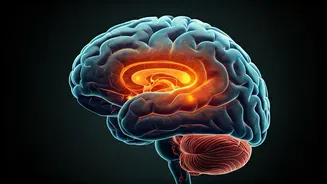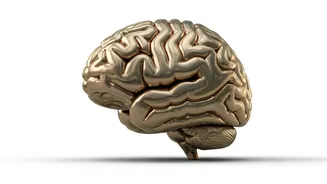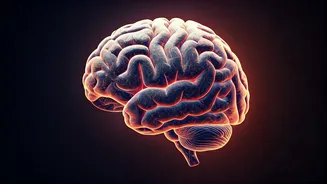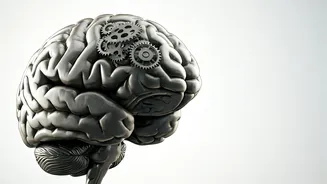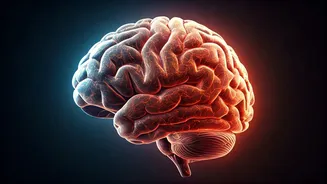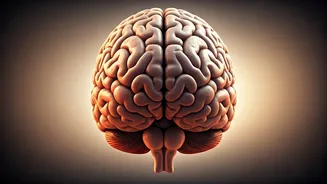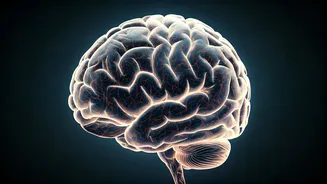Brain on Vipassana
Vipassana meditation, a practice rooted in ancient traditions, has been shown to induce significant changes within the brain. It's not just about sitting
quietly; it's a deep dive into the inner workings of your mind. Research indicates that regular Vipassana practice can actually alter brain structure. Specific areas are affected, notably the amygdala, which is associated with processing emotions like fear and stress. This region tends to shrink, potentially leading to reduced anxiety and improved emotional regulation. Simultaneously, areas of the brain involved in focus, attention, and self-control are strengthened. These structural changes underscore the powerful impact meditation can have, suggesting that it's a form of mental training with tangible neurological benefits. The brain becomes more efficient in various cognitive tasks as the practice continues.
How Long It Takes
The remarkable changes brought about by Vipassana meditation do not happen overnight; consistency is key. However, the timeframe for these effects to manifest varies from person to person. While some individuals may experience subtle shifts in their mental state within weeks, measurable structural changes in the brain typically require more sustained practice. Studies suggest that regular practice over several months can lead to noticeable alterations in brain structure and function. The duration and frequency of meditation influence these changes. These alterations aren't necessarily fleeting. Research indicates that the beneficial effects of Vipassana meditation, once established, can be relatively enduring. Regular practice can establish new neural pathways, helping to maintain and reinforce the improvements in emotional regulation, focus, and overall cognitive function. These effects tend to be persistent even when the practice is paused, making Vipassana a long-term investment in mental well-being.
Ideal Practice Regimen
To fully harness the brain-boosting benefits of Vipassana meditation, it's vital to embrace an effective practice regimen. From a neurological perspective, consistency and duration are key factors. While the optimal practice varies among individuals, a general guideline is to meditate for at least 10 to 20 minutes daily. This can be broken into sessions throughout the day, fitting it into your lifestyle as you see fit. The frequency is equally important; regular meditation is more effective than sporadic longer sessions. Practicing daily or several times a week is recommended to maximize the positive effects on the brain. The precise method is equally important. During meditation, the focus is placed on the breath, body sensations, or specific mental objects. The practitioner learns to observe thoughts and feelings without judgment, fostering a greater sense of awareness and self-control. The ideal practice often includes guidance from experienced teachers, especially for beginners. The guidance helps them to cultivate a deeper understanding of the practice and avoid potential pitfalls.
Risks and Side Effects
While Vipassana meditation is generally considered safe, there are potential risks and side effects, especially for those who meditate intensively or without proper guidance. These are uncommon, but awareness is key. Some individuals, particularly those with a history of mental health issues, may experience heightened anxiety, emotional distress, or other adverse psychological effects during intense meditation. It's always best to seek professional guidance from a qualified instructor or therapist to mitigate these risks. Over-meditation, or practicing for excessive amounts of time, can sometimes lead to mental fatigue or a sense of detachment from reality. Also, the practice is all about facing thoughts and feelings, and this can be difficult for some people. This can be especially challenging for individuals who have experienced trauma or who are dealing with difficult emotional issues. The key is to approach the practice mindfully and with self-compassion. The key to mitigating any risks is moderation. Starting slowly, gradually increasing the duration and intensity of practice, and seeking guidance when needed can help to minimize the chances of experiencing any adverse effects. The practice can be made safe and beneficial for everyone, by doing so.
